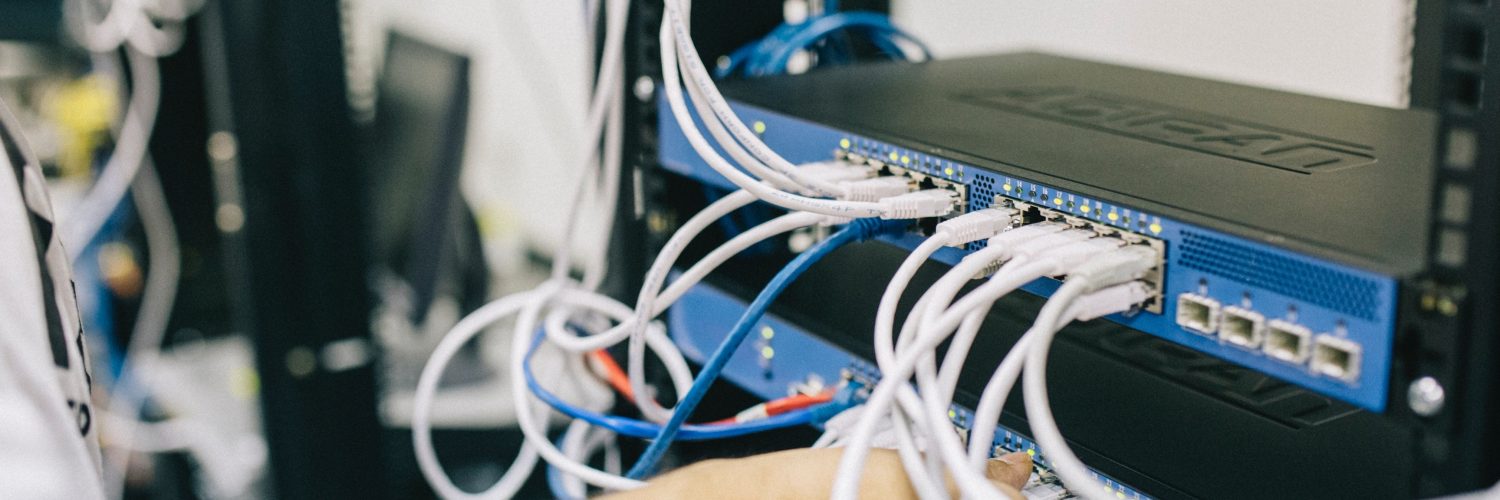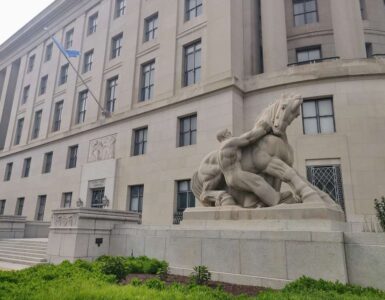Pulling rural Arizona into digital age
Tens of thousands of residents and businesses in rural Arizona will see expanded access to reliable high speed internet service over the next two years. Places like Bullhead City, Fort Mohave, Page, Payson, Star Valley, and the Tonto Apache reservation. More rural highways will be getting connected, too.
Last week, Gov. Doug Ducey pledged to more than triple grant funding for broadband projects this year to $10 million to help erase the digital divide in rural areas.
Ducey also announced $50 million for the “Smart Highways Corridor” initiative to bring connectivity to more rural highways as well.
“We’re just getting started,” Gov. Ducey said last week after announcing plans to ratchet up efforts and funding to give rural communities the same competitive edge as their urban counterparts.
“These grants are a crucial investment in rural Arizona,” the governor said. “Access to fast, reliable internet will aid economic development, enhance educational opportunities, strengthen health care and improve public safety across rural Arizona.”
Here’s what’s coming
Meanwhile, a number of projects are readying to break ground as a result of $3 million in grant funding approved last year. The Arizona Commerce Authority awards the grants through the state’s Rural Broadband Development Grant program.
Development grants of up to $1 million were awarded for three projects this year:
- Mohave Electric Coop will provide high-speed broadband service at speeds up to 10 Gbps symmetrical to its 35,000 members in Bullhead City, Fort Mohave and Mohave Valley.
- Sparklight, formerly known as Cable One, will provide fiber to approximately 400 business customers in Payson, Star Valley and the Tonto Apache reservation that has symmetrical service up to 2 Gbps
- Commnet Wireless will create a new fiber-optic middle mile to Page to serve 310 small businesses and 1,066 households in the area.
Grants of up to $50,000 each were also awarded to Coconino County, Gila County, Springerville and St. Johns to start plotting broadband projects.
Highways targeted for connectivity
For more highway connectivity, the Arizona Department of Transportation will install more than 500 miles of broadband conduit and fiber optic cable along designated three highway segments:
- Interstate 17 between Sunset Point and Flagstaff
- Interstate 40 between the Arizona-New Mexico and Arizona-California borders
- Interstate 19 between Tucson and Nogales.
Rural digital crisis
Approximately 898,724 Arizona citizens – mostly in rural and tribal communities – have limited or no access to high-speed internet, according to the 2018 Arizona Statewide Broadband Strategic Plan report. Only 78 percent of Arizonans have access to the internet in their home.
The governor’s announcement to triple grant funding this year is welcome news for rural residents, business owners, students and others who struggle to compete in the digital world, business and community representatives said.
Inadequate broadband services “marginalize” all individuals and businesses including commerce, education, medical services, work-from-home businesses, and emergency services, said Dave Lock, CEO of Grand Canyon State Electric Cooperative Association, the statewide association that represents Arizona’s electric cooperatives.
One of its cooperatives, Mohave Electric (MEC), is the first cooperative in the state to step up to offer high speed internet to consumers in its service area. Currently, only about 150 co-ops out of 900 in the U.S. have a broadband program.
Biggest step ever to close rural gap
About 19 million Americans, or 6 percent of the population, lack access to fixed broadband service at threshold speeds, according to a report from the Federal Communications Commission (FCC). In rural areas, nearly one-fourth of the population, 14.5 million people, lack access. In tribal areas, nearly one-third of the population lacks access.
Even in areas where broadband is available, approximately 100 million Americans still do not subscribe.
Over the past two decades, state and national leaders have been working to address rural connectivity, including launching the Rural Digital Opportunity Fund. The FCC will vote on rules Jan. 30 for the proposed plan that will allocate $20.4 billion to broadband providers serving rural areas in the U.S. This represents the biggest single step ever by the FCC toward closing the rural digital divide.
The fund, to be allocated over the next 10 years, is being made available for the first time to cable providers, wireless companies and electric co-ops, to move more urgently to close the divide.
“This new fund would target rural areas across the country where residents currently lack access to adequate broadband and would deploy high-speed broadband to millions of rural Americans in an efficient and effective manner,” FCC Chairman Ajit Pai said in a prepared statement.
















Add comment